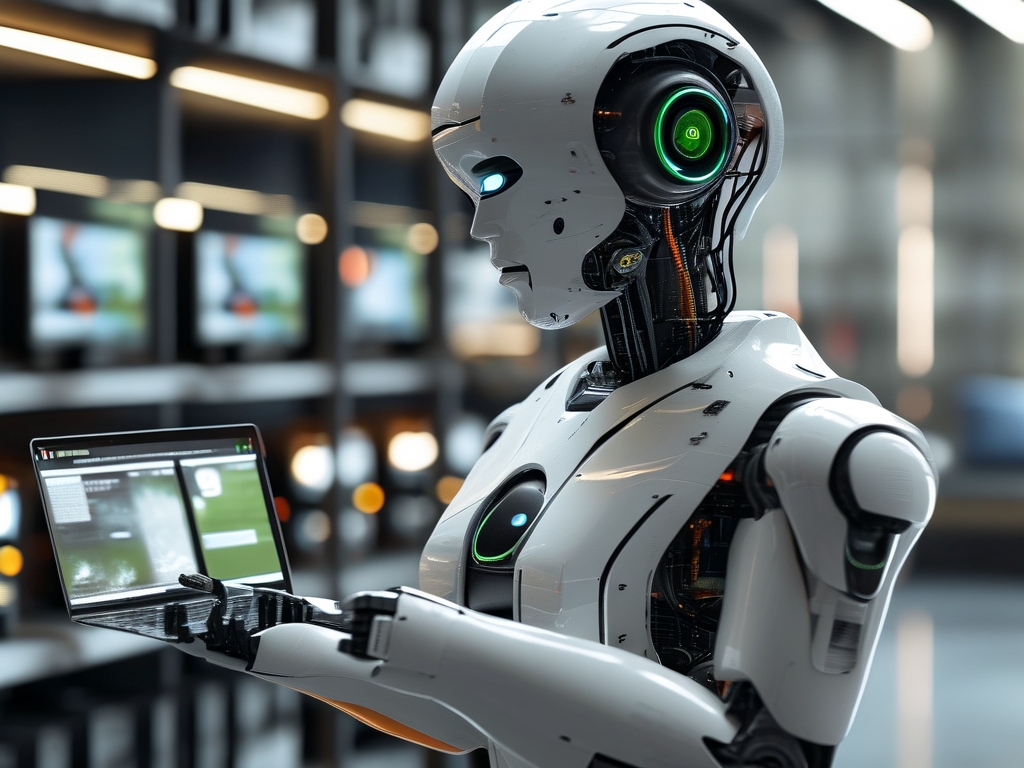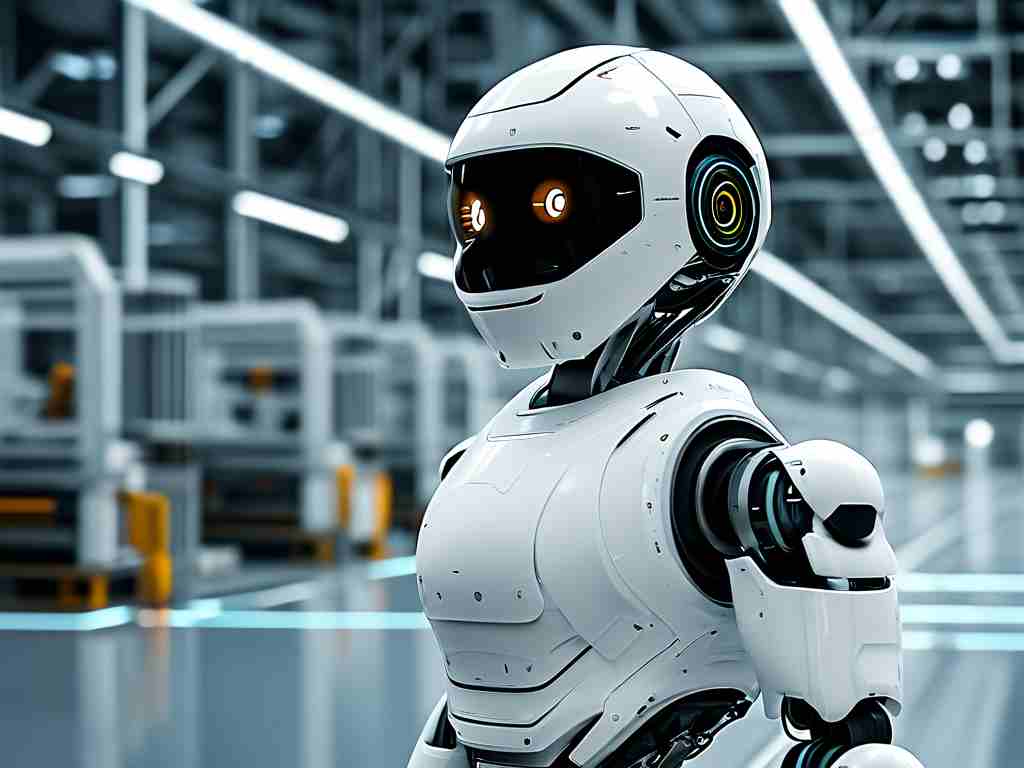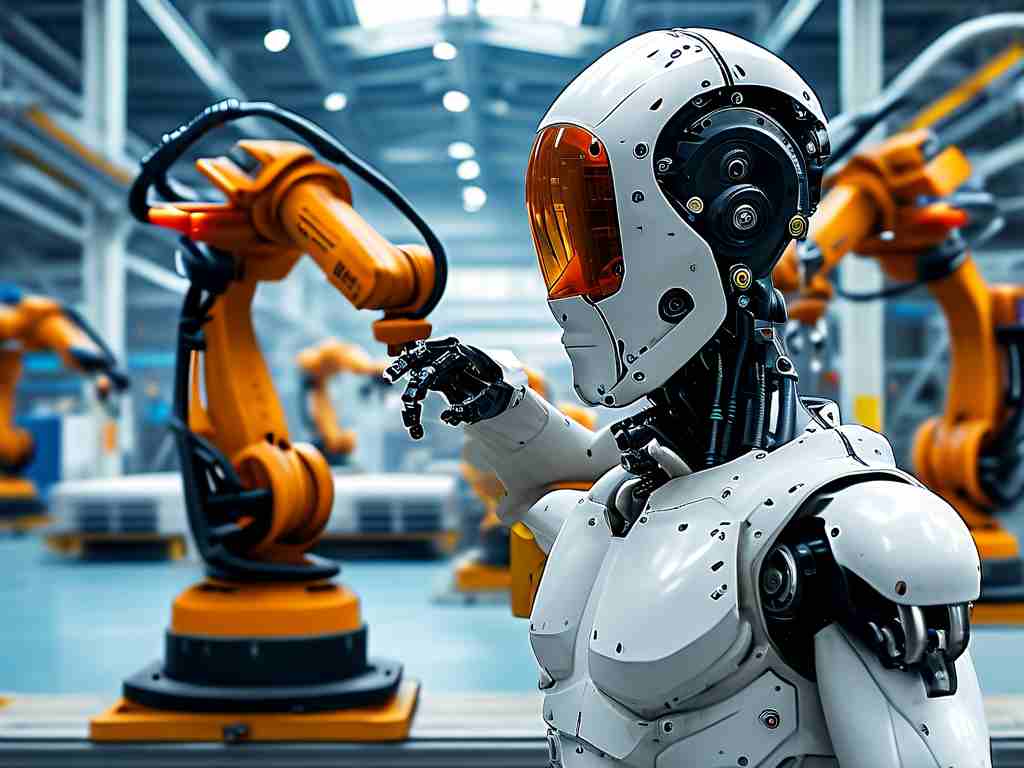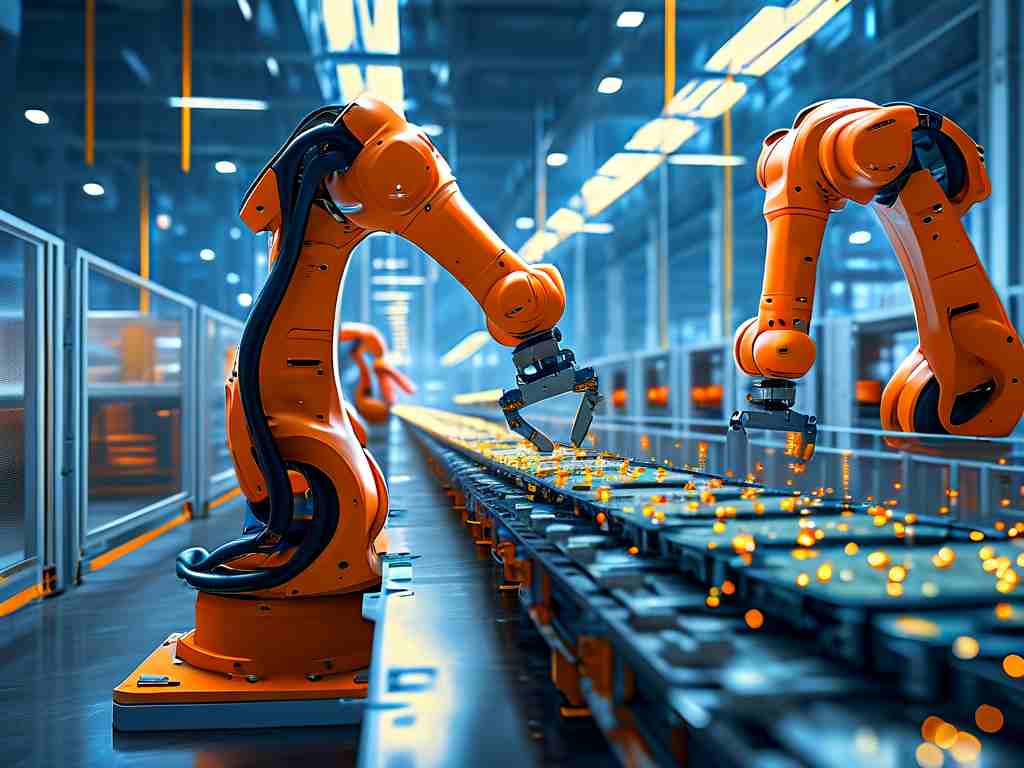In today's fast-paced digital landscape, businesses are increasingly turning to AI-driven automation to enhance efficiency, reduce costs, and eliminate human error. Deploying AI automation workflows, however, requires careful planning, technical expertise, and a strategic approach. This comprehensive guide explores the critical steps organizations must take to successfully implement AI-powered automation systems.
1. Understanding AI Automation Workflows
AI automation workflows combine machine learning algorithms, robotic process automation (RPA), and data analytics to execute repetitive tasks with minimal human intervention. Examples include customer service chatbots, inventory management systems, and predictive maintenance in manufacturing. Unlike traditional automation, AI workflows adapt to changing inputs and improve over time through continuous learning.
2. Pre-Deployment Preparation
Before deploying an AI automation system, organizations must:
- Identify Use Cases: Pinpoint processes with high repetition, clear rules, and measurable outcomes. For instance, invoice processing or data entry.
- Assess Data Readiness: AI models require large volumes of clean, structured data. Conduct a data audit to ensure quality and accessibility.
- Define Success Metrics: Establish KPIs such as time saved, error reduction, or ROI to evaluate the system’s performance.
3. Choosing the Right Tools
Selecting appropriate technologies is critical:
- RPA Platforms: Tools like UiPath or Automation Anywhere handle rule-based tasks.
- Machine Learning Frameworks: TensorFlow or PyTorch enable custom AI model development.
- Cloud Services: AWS SageMaker or Google AI Platform offer scalable infrastructure.
- Low-Code Solutions: Platforms like Zapier simplify integration for non-technical teams.
4. Workflow Design and Integration
Designing an effective workflow involves:
- Process Mapping: Break down tasks into discrete steps (e.g., data collection → analysis → decision-making → action).
- API Integration: Connect AI tools with existing software (ERP, CRM) using RESTful APIs or middleware.
- Human-in-the-Loop (HITL) Design: Incorporate checkpoints for human oversight in critical decisions.
5. Model Training and Validation
For AI-driven workflows:
- Data Labeling: Use supervised learning to train models on annotated datasets.
- Testing: Validate accuracy with split datasets (70% training, 30% testing).
- Bias Mitigation: Audit models for fairness, especially in HR or finance applications.
6. Deployment Strategies
- Phased Rollout: Launch automation in a single department (e.g., finance) before company-wide implementation.
- Hybrid Approach: Combine AI with human teams during the transition period.
- Monitoring Tools: Deploy dashboards like Grafana to track system performance in real time.
7. Post-Deployment Optimization
Continuous improvement ensures long-term success:

- Retraining Cycles: Update models quarterly with new data to maintain accuracy.
- Feedback Loops: Gather input from end-users to refine workflows.
- Scalability Planning: Prepare infrastructure to handle increased data loads or expanded use cases.
8. Common Challenges and Solutions
- Data Silos: Use ETL (Extract, Transform, Load) tools to unify disparate datasets.
- Employee Resistance: Conduct training workshops to demonstrate AI’s role as a collaborator, not a replacement.
- Security Risks: Implement encryption and access controls, especially for sensitive industries like healthcare.
9. Case Studies
- Retail: A global e-commerce company reduced returns processing time by 80% using AI-powered image recognition.
- Healthcare: A hospital network automated patient record analysis, cutting diagnostic errors by 35%.
10. Future Trends
Emerging technologies like generative AI and edge computing will enable even more sophisticated workflows. For example, real-time language translation in customer support or autonomous supply chain adjustments.

Deploying AI automation workflows is not a one-time project but an ongoing journey. By combining robust planning, the right tools, and a culture of adaptability, organizations can unlock unprecedented operational efficiency. As AI continues to evolve, businesses that master workflow automation today will lead the competitive landscape of tomorrow.






